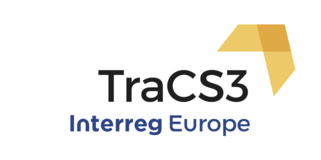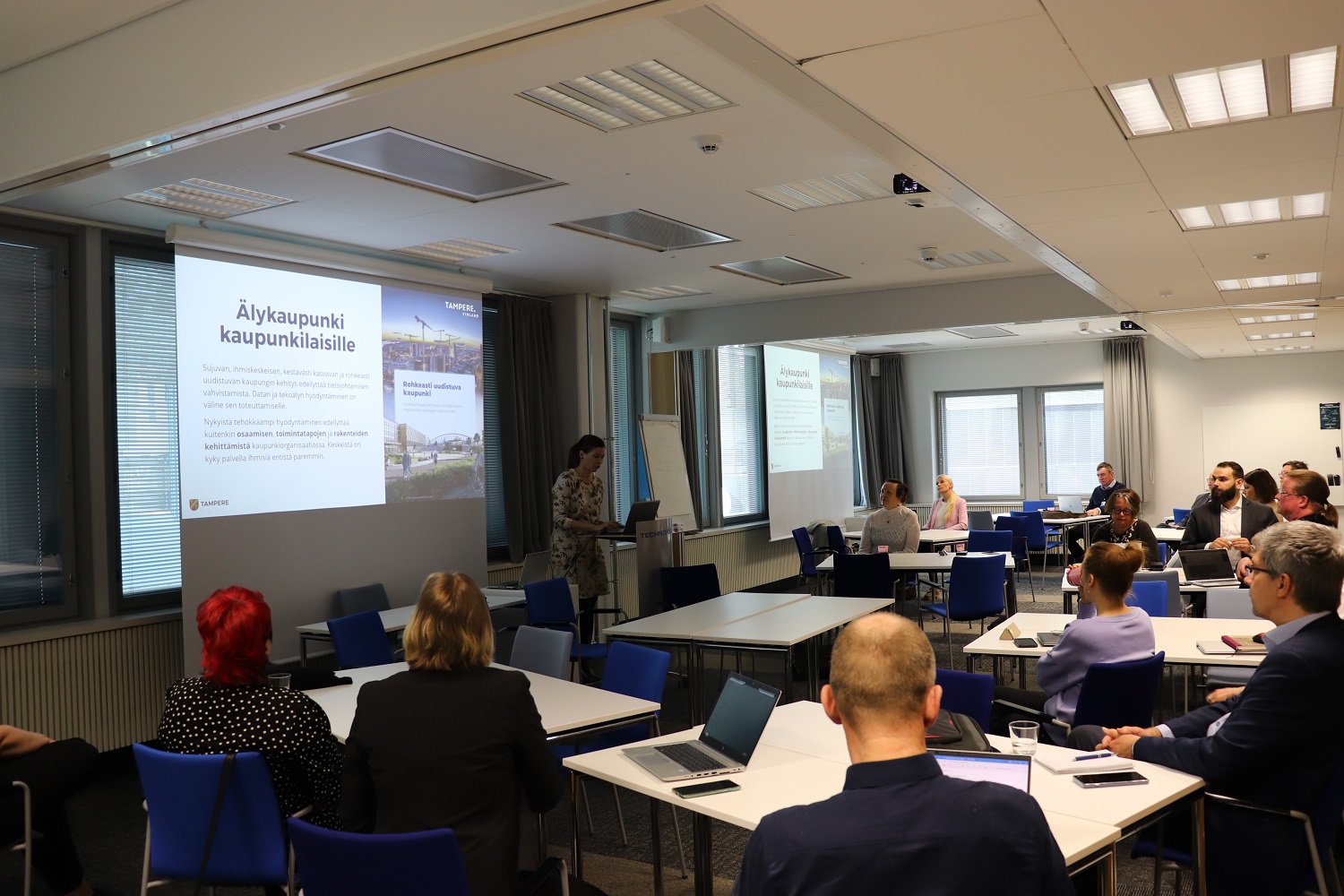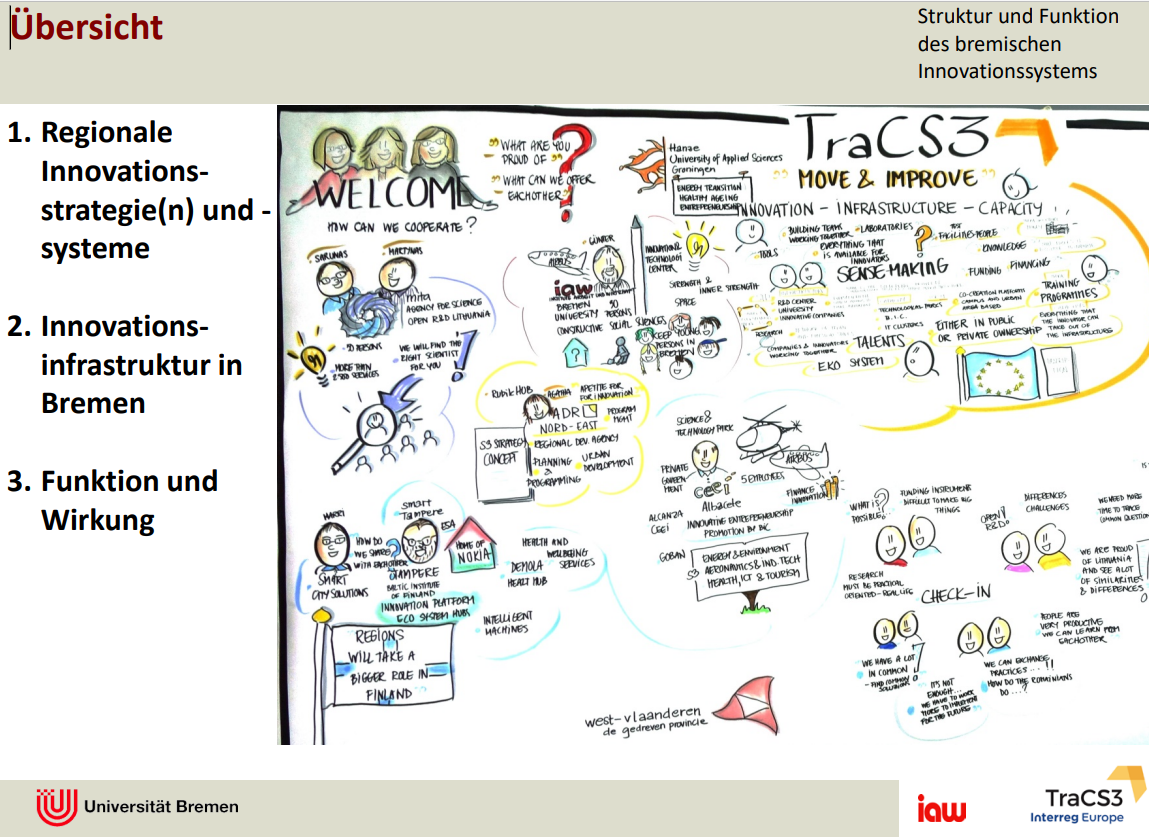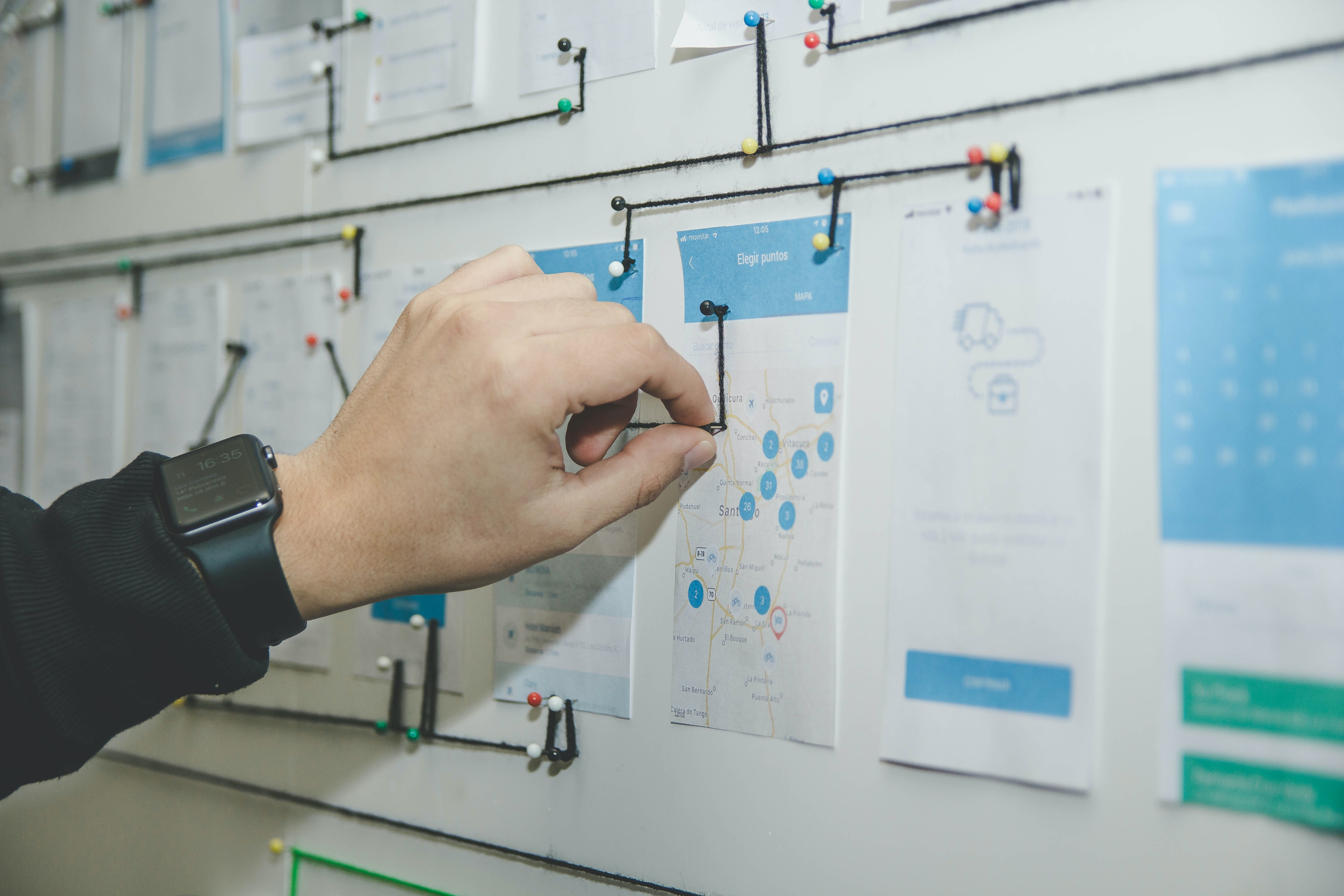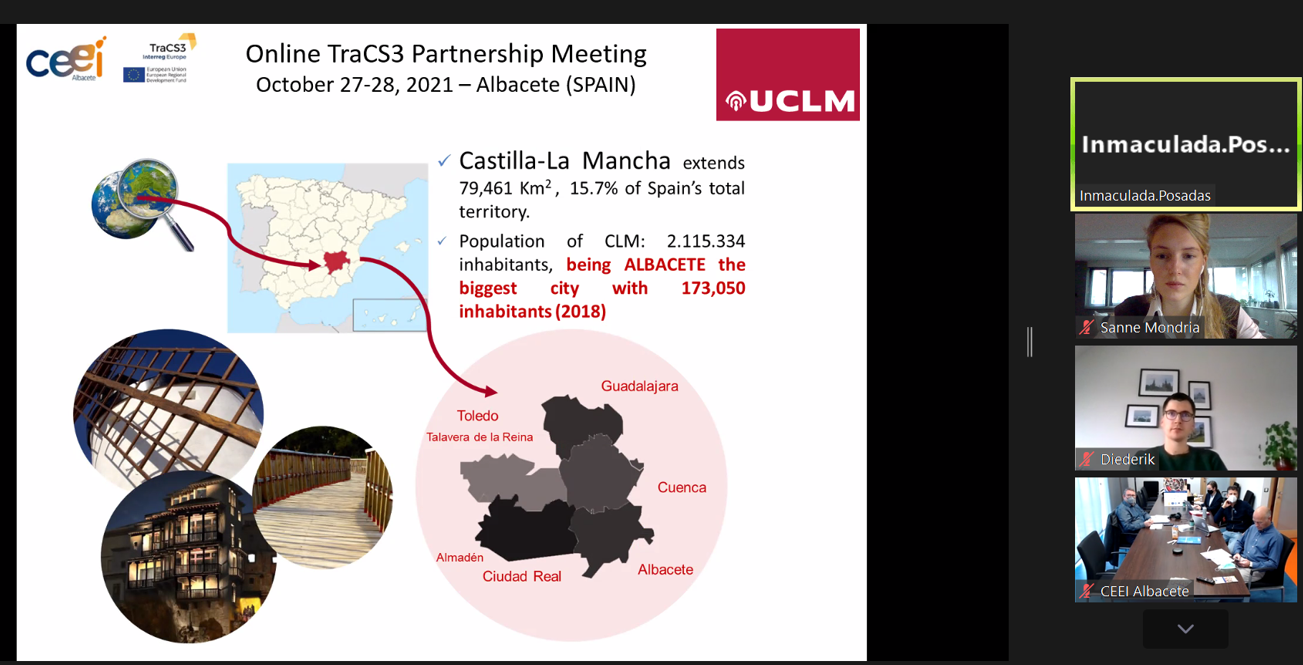On 19th and 20th of May 2021, the North-East Development Agency hosted a new Partner Meeting of the Interreg Project TraCS3 – the first event of this kind organised within the pandemic context. The purpose of the meeting was the dissemination of good practices developed by the academic and research organisations of North-East Romania, stakeholders in the project, which could be further transferred to other regions or improved, based on the interregional collaboration principles.
Attendants
All project partners from The Netherlands (leader of the partnership), Romania, Belgium, Germany, Spain, Lithuania and Finland attended the online meeting.
Agenda
Innovation starts with excellent research, while research infrastructures are critical for technology and innovation development. Therefore, prestigious stakeholders from North East Romania aimed to demonstrate – and evidence indicates they succeeded – how innovation and improved research infrastructure may set the premises for sustainable economic development.
Thus, “Stefan cel Mare” University of Suceava (USV), one of the most dynamic academic communities of the region, highlighted its implication in the improvement of the regional innovation eco-systems, following the path of the third mission of the universities:
“Ion Ionescu de la Brad” University of Agricultural Sciences and Veterinary Medicine of Iași (which has recently changed its name into University of Life Sciences/IULS) presented its Food Engineering Lab (with 6 micro-production lines), the Institute for Agriculture and Environment and the Viticulture and Oenology departments. IULS highlighted its focus on developing products, services and technologies to meet the demands of farmers and other agriculture/soil related businesses, thus making an efficient use of their research infrastructure.
Another good practice came from “Petru Poni” Institute of Macro-molecular Chemistry of Iași, a centre of excellence of the Romanian Academy. For many years in the first line of Romanian research, the institute covers the whole area of macromolecular compounds science and technology, as well as of polymeric materials. With an ERA-Chair project undergoing and many other national and international RD&I collaborations, the institute is actively seeking new and new ways to work together with the industry.
The series of good practiced ended with CEMEX – The Center for Advanced Research and Development in Experimental Medicine of “Grigore T. Popa” University of Medicine and Pharmacy of Iași, one of the top institutes of Europe in its field. Covering a wide range of experimental research, CEMEX has a keen interest in knowledge transfer through collaboration with the industry. During pandemics, CEMEX has been at the forefront of the COVID-19 fight in North-East Romania.
Speakers offered numerous examples of collaboration between different actors of the regional innovation eco-system, demonstrating that smart innovative investment in research infrastructure may be the key to further cooperation between RDI organisations and industry, by increasing innovation capacities and helping companies (and especially SMEs) enter the market and successfully develop in a competitive world.
The good practices revealed region’s interest in research valorisation and a commitment to innovation from both research players and North-East RDA. Thus, not only did the host of the event gave a virtual tour of the region’s innovation eco-system, but also described its efforts in designing and implementing new support measures for regional RD&I infrastructure from RIS3 areas.
Also, the good practices raised the participants’ interest and so, debate was launched during the interregional workshops that closed each day’s agenda. Participants engaged in constructive discussions on the opportunities of valorising the research infrastructure, the effort of bringing research closer to the market, the future drafting of the Action Plan, as well as on TraCS3 role in developing the policy instruments of the coming programming period.
Main lessons learnt
The research facilities are great in the Region! However, 3 major intervention directions were identified in terms of action plan for further improvement: R&I communication, capacity building and marketing of innovation.
What’s next?
The outcome of the event set new premises for transfer and learning, which could be an enhancement of the future interregional cooperation of the partners, in the form of jointly developed actions.
